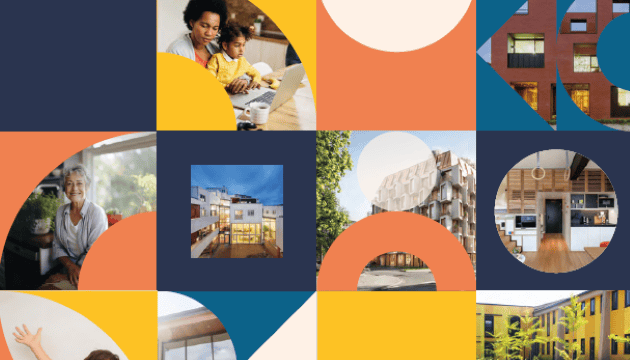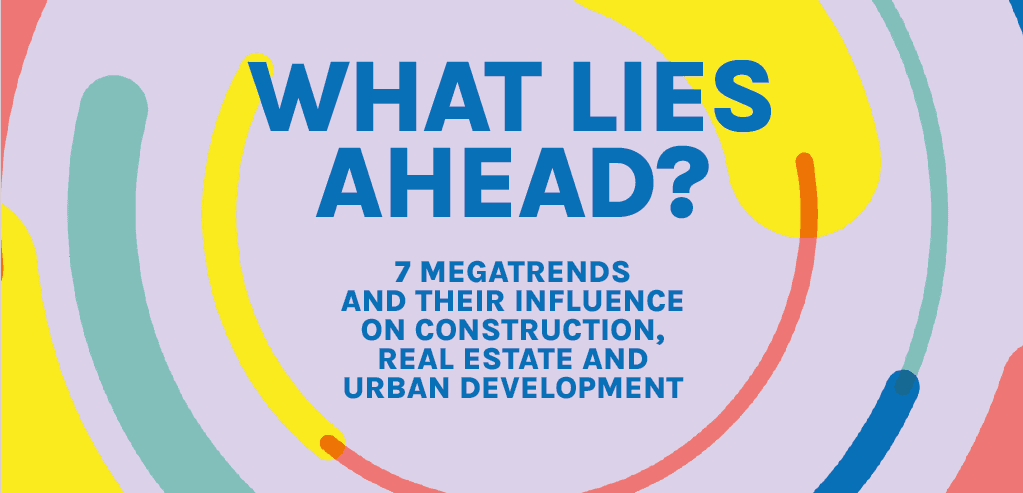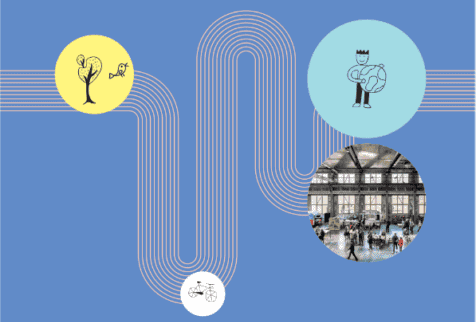With a host of uncertainties ahead – climate change, global pandemic, societal fragmentation, widespread
inflation, geopolitical tensions, and the resurgence of war in Europe – housing is, more than ever, at the forefront of people’s concerns. Housing must face a variety of challenges on all fronts: economic, environmental, and societal.







